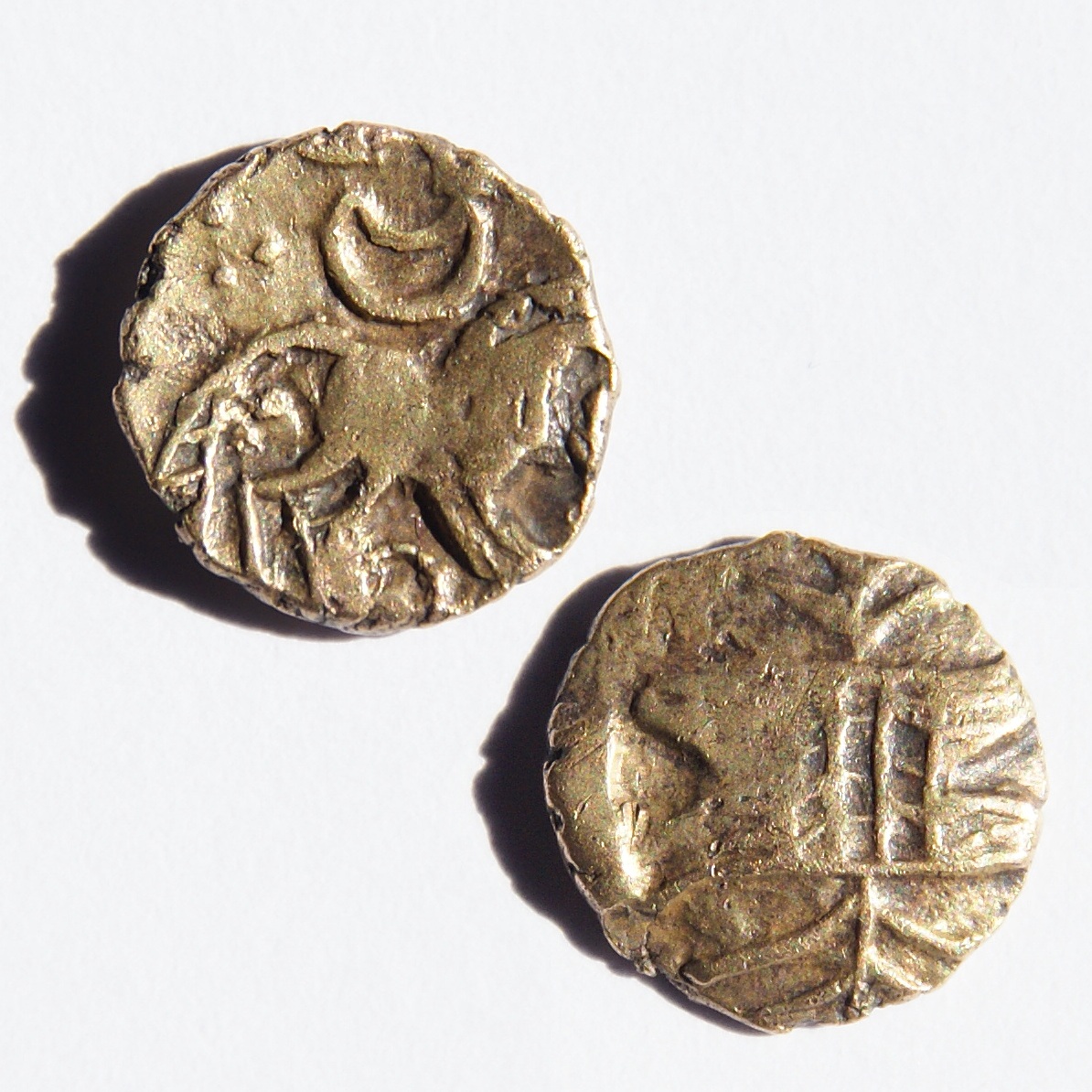
winonatorrez26
About winonatorrez26
Observations on the Trends and Behaviors in Buying Gold And Silver
Lately, the global market for treasured metals, notably gold and silver, has experienced important fluctuations, influenced by varied financial, political, and social elements. This observational research article aims to discover the behaviors and tendencies associated with the buying of gold and silver, focusing on shopper motivations, market dynamics, and the psychological factors that drive individuals in direction of these investments.
The allure of gold and silver has persisted all through historical past, typically regarded as symbols of wealth and security. In instances of economic uncertainty, akin to throughout financial crises or geopolitical tensions, many traders flock to these metals as a protected haven. If you beloved this write-up and you would like to receive additional details pertaining to why not try this out kindly check out our own web-site. Observations from numerous market analysts suggest that the demand for gold and silver tends to rise considerably throughout durations of instability. For example, in early 2020, the COVID-19 pandemic triggered widespread panic, resulting in a surge in gold and silver purchases as individuals sought to safeguard their belongings towards potential market downturns.
One notable trend noticed within the shopping for patterns of gold and silver is the growing interest from younger generations. Historically, these treasured metals were considered as investments primarily for older, extra affluent people. Nevertheless, recent data indicates a shift, with millennials and Gen Z displaying a growing inclination towards investing in gold and silver. This demographic is usually motivated by a want for monetary independence and a distrust of traditional financial institutions. The rise of on-line buying and selling platforms and the accessibility of information have made it simpler for youthful buyers to enter the market, contributing to this development.
Moreover, the method of purchasing gold and silver has evolved significantly lately. Whereas physical bullion and coins remain fashionable, there was a notable increase in the purchase of change-traded funds (ETFs) and digital gold. Observations suggest that many traders desire the convenience and liquidity supplied by these different investment vehicles, as they permit for easier transactions without the necessity for bodily storage. This shift highlights a rising trend towards digitalization within the funding landscape, reflecting broader modifications in shopper habits.
Another issue influencing the shopping for conduct of gold and silver is the perceived value and cultural significance attached to these metals. In varied cultures, gold is commonly associated with prosperity, success, and standing. Observational research in numerous regions reveal that cultural beliefs significantly impact purchasing decisions. For instance, in nations like India, gold is not solely seen as an funding but also as a significant component of weddings and festivals, leading to a consistent demand all year long. This cultural significance creates a novel market dynamic that differs from Western nations, where gold and silver are primarily viewed as funding property.
The pricing of gold and silver is another essential side that impacts consumer habits. Observations point out that many patrons have a tendency to buy these metals when prices are low, usually pushed by market tendencies and financial forecasts. Nevertheless, psychological elements also play a task in choice-making. The concern of lacking out (FOMO) can lead to impulsive shopping for, especially when prices begin to rise. Conversely, during worth declines, potential consumers may hesitate, waiting for further dips, which might create a paradoxical effect available in the market. This interplay between psychology and market behavior is a fascinating area for additional research.
Along with particular person buyers, institutional shopping for patterns also warrant attention. Observations present that central banks all over the world have been rising their gold reserves in recent years, viewing it as a hedge against inflation and foreign money devaluation. This institutional demand impacts market costs and may create ripple effects within the retail market. The interplay between retail and institutional shopping for behaviors is a necessary consideration for understanding the general dynamics of the gold and silver markets.
Moreover, the impression of geopolitical events on gold and silver buying habits cannot be understated. Observations during important political occasions, reminiscent of elections or worldwide conflicts, reveal spikes in buying activity. Buyers typically flip to gold and silver as a form of protection against potential economic fallout. For instance, through the U.S. elections in 2020, there was a notable improve in gold purchases, reflecting concerns about market volatility and the potential for economic disruption.
One other rising development in the buying of gold and silver is the growing interest in sustainable and ethical sourcing. Observations point out that shoppers are becoming increasingly aware of the environmental and social implications of their purchases. This consciousness has led to a demand for responsibly sourced gold and silver, with patrons in search of out companies that adhere to ethical mining practices. This trend aligns with broader movements in the direction of sustainability and corporate social responsibility, reflecting changing consumer values within the funding landscape.
In conclusion, the shopping for behaviors related to gold and silver are influenced by a complex interplay of economic, psychological, cultural, and technological components. Observations reveal a shifting landscape, with youthful generations coming into the market, evolving purchasing methods, and an elevated concentrate on sustainability. As the worldwide economy continues to alter, understanding these traits will be essential for buyers, policymakers, and researchers alike. The timeless enchantment of gold and silver as investments remains, however the dynamics of their purchase are evolving, reflecting broader societal changes and consumer preferences. Future analysis will benefit from exploring these tendencies in higher depth, offering insights into the motivations and behaviors of investors within the valuable metals market.

No listing found.
